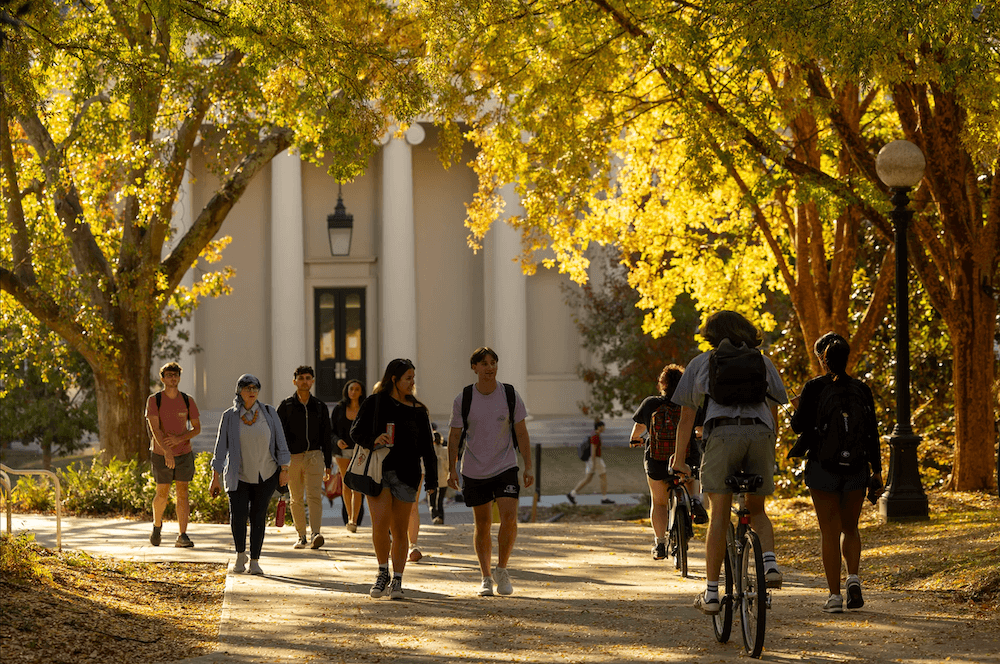By Dan Rahn
University of Georgia
You pack your child’s lunch for school early in the morning, but
she doesn’t eat it until lunchtime. Is it still safe then?
Foodborne illnesses can be serious, even deadly, for young
children especially. But lunch doesn’t have to be risky.
“It’s not hard to keep packed lunches safe,” said Connie Crawley,
a Cooperative Extension nutrition and health specialist with the
University of Georgia College of Family and Consumer Sciences.
“But it takes some thought and preparation.”
In a packed school lunch, Crawley said, food safety depends on
what you pack and how you pack it.
Choosing the food is a big step. Many of your child’s favorites
are perfectly safe at room temperature.
Peanut-butter-and-jelly, for instance, doesn’t need to stay cold.
Cut-up veggies and fresh fruit aren’t perishable in the short
term, either. And they provide the nutrition kids need in a way
they like.
Be choosy
But choose new lunch foods carefully. “Practice lunch at home,
especially if you start packing cans of shelf-stable pudding or
cut-up fruit,” Crawley said. “Then you’ll know if your child can
safely and easily open the container.”
A good rule to remember is to pack foods the way you bought them.
“If it was refrigerated, keep it cold,” Crawley said.
“Shelf-stable items may taste better cold but won’t spoil at room
temperature.”
You can safely pack perishable foods, too. But you can’t let them
stay at room temperature, Crawley said.
A critical first step to packing safe lunches is to get a
well-insulated bag or box. The most important thing in food
safety, she said, is keeping cold foods cold and hot foods
hot.
Below 40, above 140
Keep cold foods at or below 40 degrees Fahrenheit and hot foods
at or above 140, she said. The danger zone is between those two
temperatures. If a perishable food stays at room temperature for
two hours, it’s risky to eat it.
The same temperatures that make your child comfortable at school,
Crawley said, are perfect for Staphylococci, Salmonella,
Campylobacter and other pathogens that can cause foodborne
illnesses.
Many children prefer their foods cold. For them, Crawley said,
gel ice packs or frozen juice bags or boxes provide a cold source
that can keep perishable foods safe until lunchtime. Frozen juice
drinks will usually thaw in time to go with lunch, so they won’t
take up extra space in the bag.
Hot foods raise concerns for your child’s ability to open the
container and serve herself safely. Pack these foods in quality
vacuum-insulated bottles and containers. But have your child
practice opening the container at home. Be sure she can do it
well without spilling.
Tips
To pack hot foods, Crawley said, first warm the container by
filling it with hot water. Then, right before the child leaves
for school, pour out the water and add the hot food. Don’t fill
it too full. Remember that the food should be well above 140
degrees when you pack it.
If you’re packing a cold food as well, keep the hot-food
container away from the gel ice or frozen juice so it can stay
hot.
Be especially careful as you’re preparing lunch. “Bacteria can be
introduced while you pack,” Crawley said.
“Don’t leave food out at room temperature too long before you
pack it,” she said. “Keep the cold foods refrigerated and pack
them only when the child is ready to leave for school.”
(Dan Rahn is a news editor with the University of Georgia
College of Agricultural and Environmental Sciences.)



